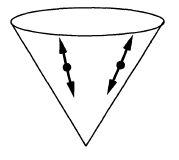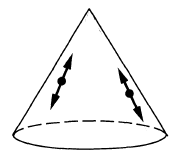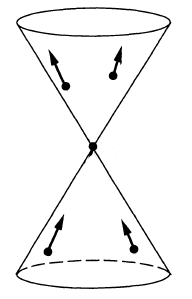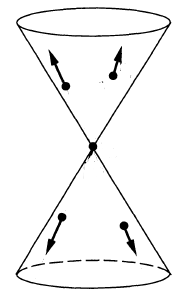nLab quantum propagator
Context
Physics
physics, mathematical physics, philosophy of physics
Surveys, textbooks and lecture notes
theory (physics), model (physics)
experiment, measurement, computable physics
-
-
-
Axiomatizations
-
Tools
-
Structural phenomena
-
Types of quantum field thories
-
Contents
Idea
In quantum physics and in the Schrödinger picture, the term propagator refers to the linear map between spaces of quantum states (wave functions) which describes how these states change in time (spacetime), hence how the corresponding quantum system propagates.
In quantum mechanics the time propagator is given by the parallel transport along the worldline given by the Hamiltonian (energy) quantum operator.
In perturbative quantum field theory of free fields propagation is typically encoded in the Green functions of the wave equation/Klein-Gordon operator and here it is these Green functions that are referred to as propagators.
propagators (i.e. integral kernels of Green functions)
for the wave operator and Klein-Gordon operator
on a globally hyperbolic spacetime such as Minkowski spacetime:
Further examples
Related concepts
References
An overview of the Green functions of the Klein-Gordon operator, hence the Feynman propagator, advanced propagator, retarded propagator, causal propagator etc. is given in
- Mikica Kocic, Invariant Commutation and Propagation Functions Invariant Commutation and Propagation Functions, 2016 (pdf)
Last revised on November 5, 2018 at 06:23:44. See the history of this page for a list of all contributions to it.



